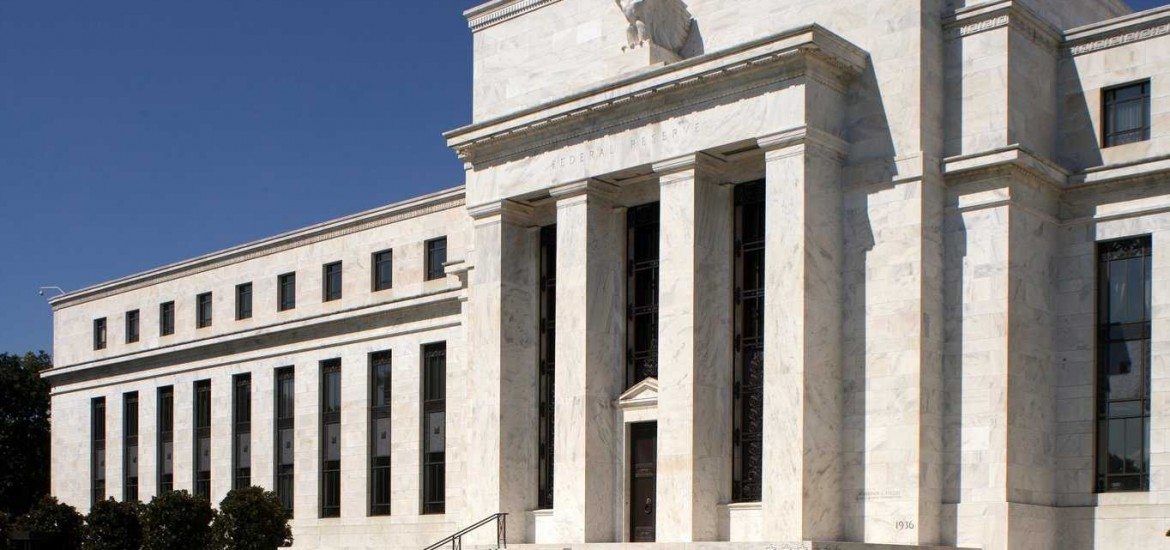According to the Federal Reserve, the economic activity in the U.S. continued to expand, with many districts recording a high number since early January all through to late February. However, the Federal Reserve says that conditions varied within sectors and across regions.
This mixed picture shows the difficult time Fed policymakers will have when they meet next to decide how interest rates will look come March 15, 2016.
According to the Beige Book report released by the Fed, there was a considerable increase in consumer spending in most districts. The manufacturing activity did not change much as strong dollar, deteriorating global outlook and demand in energy continued to hurt the sector.
Fed policymakers have been seen to raise interest rates in the past, rising from the initial near Zero that was recorded in December. However, this time it is expected that they will refrain from a rate increase as they continue assessing how lower inflation that’s expected in the U.S. as well as tightening financial conditions will impact the economy.
Various contacts in Chicago, Boston and Cleveland reported that consumers should be cautious when it comes to their spending because of market volatility. In fact, Chicago and Boston expressed what they called disappointment that consumers were not using much of their windfall from low gas prices. Chicago Fed further noted that concerns in slower economic growth globally had contributed to decline in equity markets, increase in the uncertainty of financial markets and wider spreads when it comes to asset-backed securities.
For most districts, credit standard did not change, according to the Fed. Contacts in Philadelphia noted tightening standards, more so for energy-related industries.
Wages in the U.S. generally increased, which is a positive sign. According to the St. Louis Fed, it had recorded the strongest wage growth assessment in a period of two years, even with other districts seeing ease in wage pressures.
